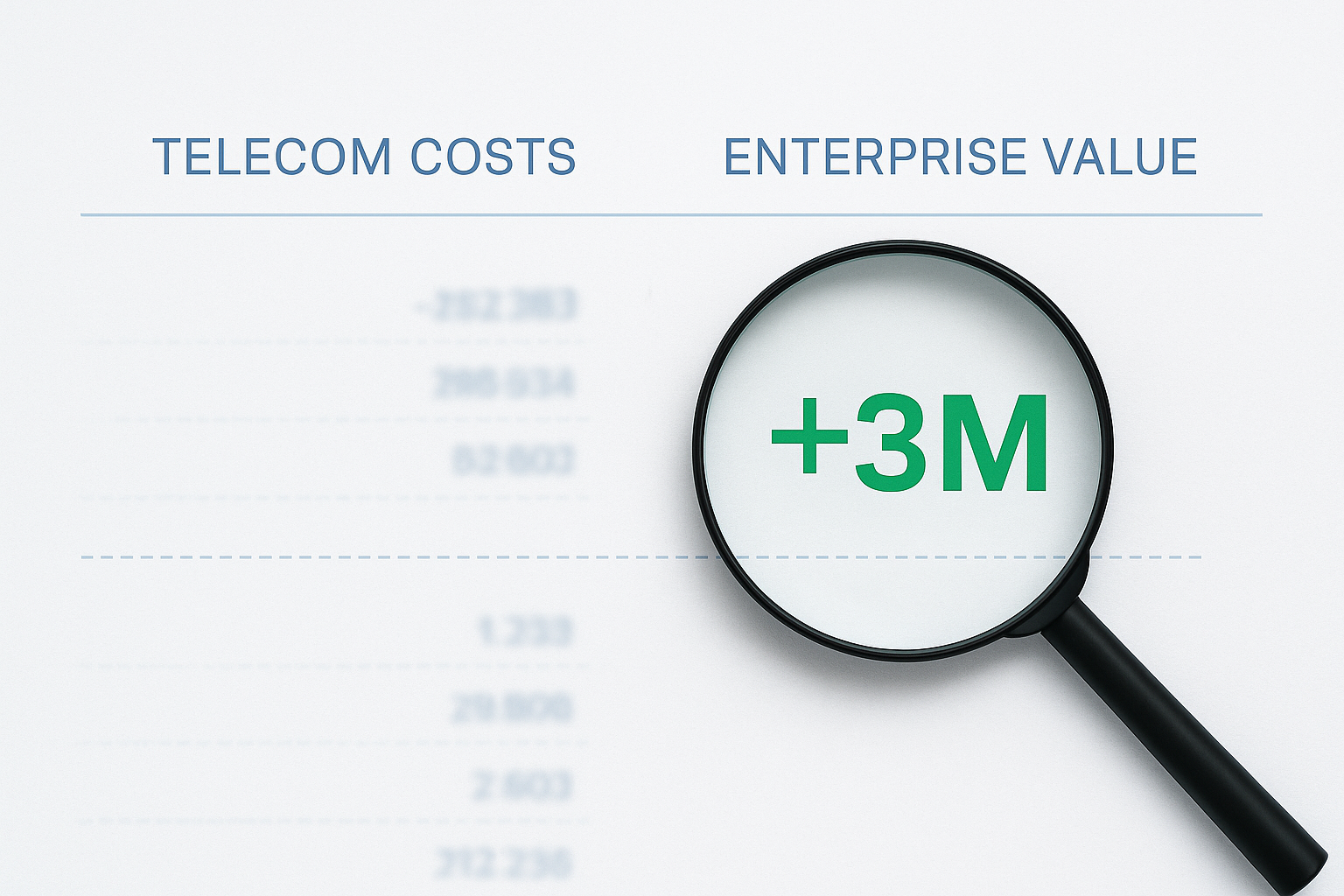Why a VoIP and IoT Implementation Guide Is Essential
In a digital-first world, businesses need a reliable VoIP and IoT implementation guide to stay competitive. Voice over Internet Protocol (VoIP) and Internet of Things (IoT) technologies offer smarter communication, automation, and real-time data—but without a clear plan, your investment can backfire.
- ❌ VoIP call failures due to poor network infrastructure
- ❌ IoT device malfunctions and syncing issues
- ❌ Security vulnerabilities that put sensitive data at risk
This VoIP and IoT implementation guide will help you unlock the full potential of these technologies through step-by-step strategy, planning, and execution.
1. Define Your Business Goals for VoIP and IoT
The first step in any VoIP and IoT implementation guide is identifying what success looks like.
Key Questions to Ask:
- 🔹 Are you aiming to improve communication quality or automate processes?
- 🔹 Will VoIP and IoT enhance customer experience, internal operations, or security?
- 🔹 Do you need integration with your CRM, ERP, or other digital platforms?
💡 Example: A manufacturing company paired VoIP with IoT-based machine monitoring. This smart system cut downtime by 30% and boosted real-time team communication.
📌 Takeaway: A strategic VoIP and IoT implementation guide begins with defined goals and measurable outcomes.
💡 More insights: 50+ VoIP Features to Improve Business Operations
2. Ensure Your Network is VoIP and IoT-Ready
Your VoIP and IoT implementation guide will fail if your infrastructure can’t handle the load.
Common Issues:
- ❌ Insufficient bandwidth → Laggy calls and device delays
- ❌ No network segmentation → Data congestion
- ❌ Weak security → IoT-based malware and DDoS attacks
What TeleCloud Offers:
- ✔ High-speed business internet tailored for VoIP & IoT
- ✔ Dedicated VLANs for voice and data segmentation
- ✔ Quality of Service (QoS) settings to prevent dropped calls
- ✔ Scalable solutions for future growth
💡 Real-world case: The 2016 Dyn DDoS attack—fueled by compromised IoT devices—crippled major websites worldwide, proving how dangerous unprotected IoT networks can be. (TechRepublic)
📌 Takeaway: Network optimization is step two in every effective VoIP and IoT implementation guide.
🚀 Explore: TeleCloud’s Business Internet Solutions
3. Choose the Right VoIP and IoT Provider
This step is make-or-break in any VoIP and IoT implementation guide.
What to Look For:
- ✔ Cloud VoIP with on-demand scalability
- ✔ API integrations with smart platforms
- ✔ Secure, encrypted voice and IoT data
- ✔ Real-time call analytics & automation
- ✔ Expert onboarding & training support
💡 According to Nextiva, VoIP providers must support flexible scaling, custom integrations, and top-tier security for modern businesses.
Why Choose TeleCloud?
- ✅ VoIP + Internet bundles = zero lag
- ✅ Smart device support + CRM integrations
- ✅ Enterprise-grade security & compliance
📌 Takeaway: Your provider should fuel—not limit—your VoIP and IoT implementation guide.
📞 Need help choosing a provider? Contact TeleCloud
4. Installation & Configuration
A successful setup keeps your systems running smoothly from Day 1.
☎️ VoIP Setup Checklist:
- ✔ Install VoIP phones and softphones across departments
- ✔ Configure call routing, voicemail, and AI features
- ✔ Connect VoIP to your CRM or internal platforms
- ✔ Enable call analytics and automation
📡 IoT Configuration:
- ✔ Connect smart sensors and automation tools to your network
- ✔ Set up real-time triggers (e.g., sensor alerts through VoIP)
- ✔ Secure each endpoint with TLS and E2EE
- ✔ Monitor performance with centralized dashboards
📌 Takeaway: Configuration is the engine room of your VoIP and IoT system—set it up for success.
5. Prioritize Security and Compliance
Security must be embedded into your VoIP and IoT implementation guide—not added as an afterthought.
🔐 VoIP & IoT Security Best Practices:
- ✔ Use Multi-Factor Authentication (MFA)
- ✔ Encrypt all voice, data, and device communications
- ✔ Apply firmware and software updates regularly
- ✔ Segment voice traffic from internet browsing or public systems
💡 Nextiva highlights encryption, endpoint control, and MFA as the top three defenses for business-grade VoIP and IoT networks.
📌 Takeaway: Strong security turns your smart system into a safe system.
🎯 Final Thoughts: VoIP and IoT Implementation Starts With Strategy
Your VoIP and IoT implementation guide should empower your team to:
✔ Define tech goals tied to real outcomes
✔ Build a network optimized for voice + smart devices
✔ Select a provider that delivers scalability, security, and support
✔ Harden every endpoint with enterprise-grade protection
📞 Let’s get started → Schedule a Consultation with TeleCloud





